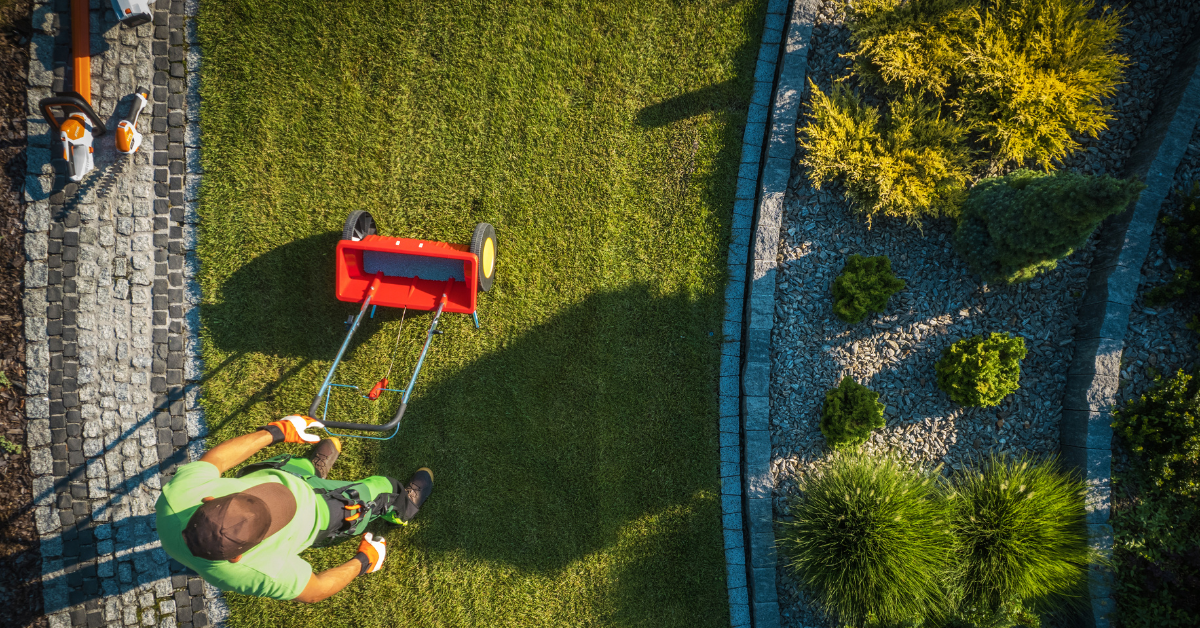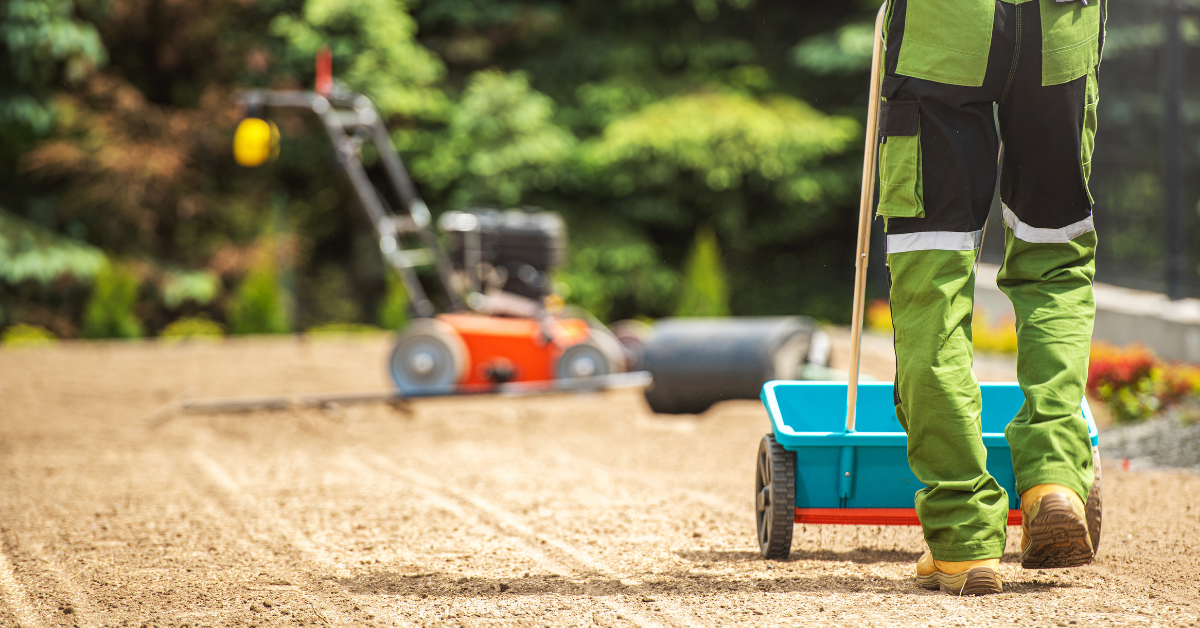Are you doing all you can to have a healthy and beautiful lawn? Lawn topdressing is a great way to give it a much-needed boost, but there are plenty of tips and tricks to use. Learn why, when, and how to topdress a lawn so the application is as efficient as can be.
What does topdressing a lawn mean?
Topdressing involves applying a thin layer of material on the surface of the lawn. A topdressing mix of materials is designed to match the composition of the soil, while also adding beneficial elements to the root zone.
Benefits of topdressing
Topdressing a lawn improves both the looks of your lawn and the health of the grass with the following:
- Smooths the lawn surface – It levels uneven areas such as dips and bumps created from water runoff, worm castings, and more.
- Controls thatch (a layer of organic matter that forms over the surface of your turf). While some thatch can help your lawn, too much of it will lead to a shallow root system, failure of air, water, and fertilizers to reach the soil, etc.
- Improves the soil by adding nutrients and reduces the need for fertilizing.
- Improves soil structure and drainage – Topdressing prevents waterlogging and fighting draughts.
- Helps germination – It can boost new seed germination and help the lawn recover after scarifying.
- Helps overwintering by adding nutrients to protect plants during a harsh winter.
What to use to topdress a lawn
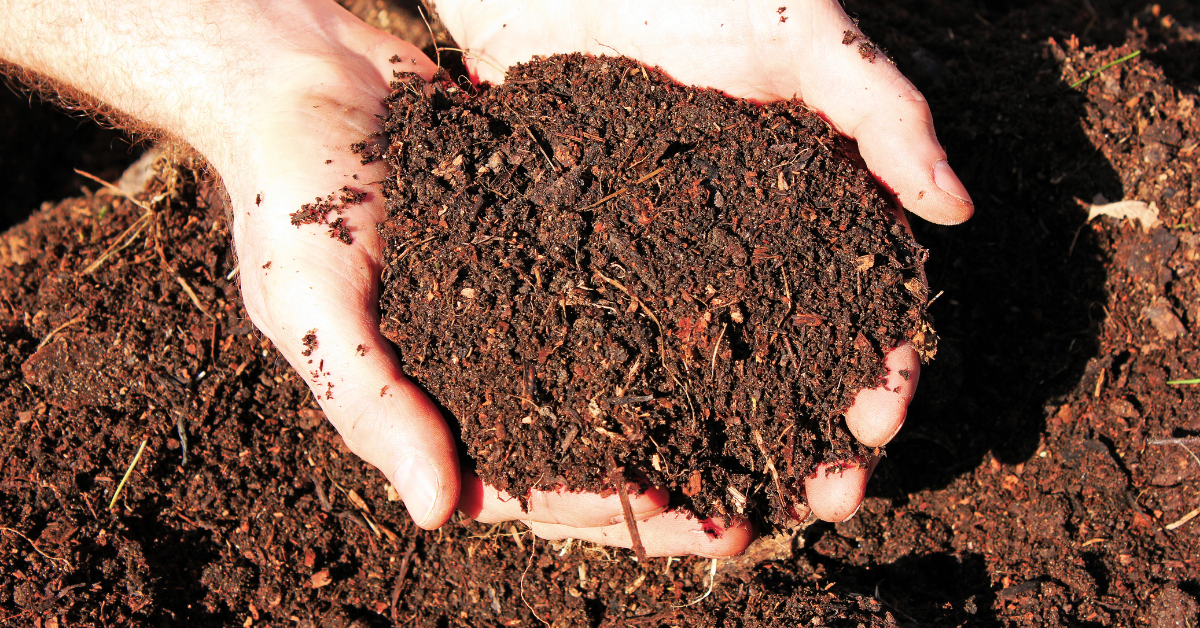
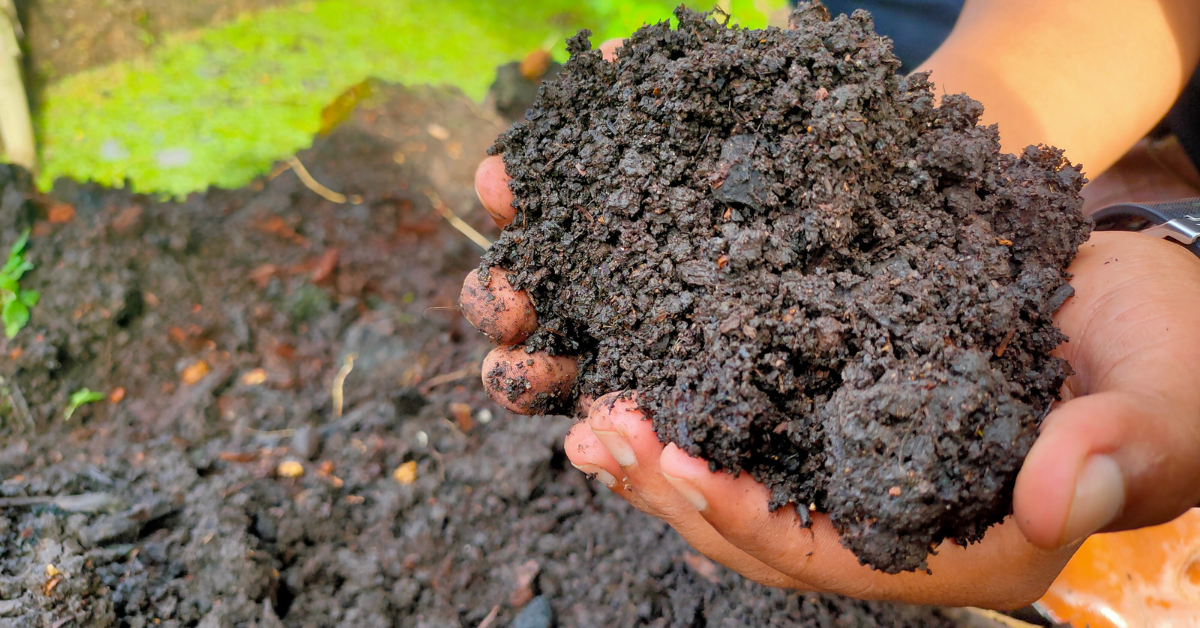
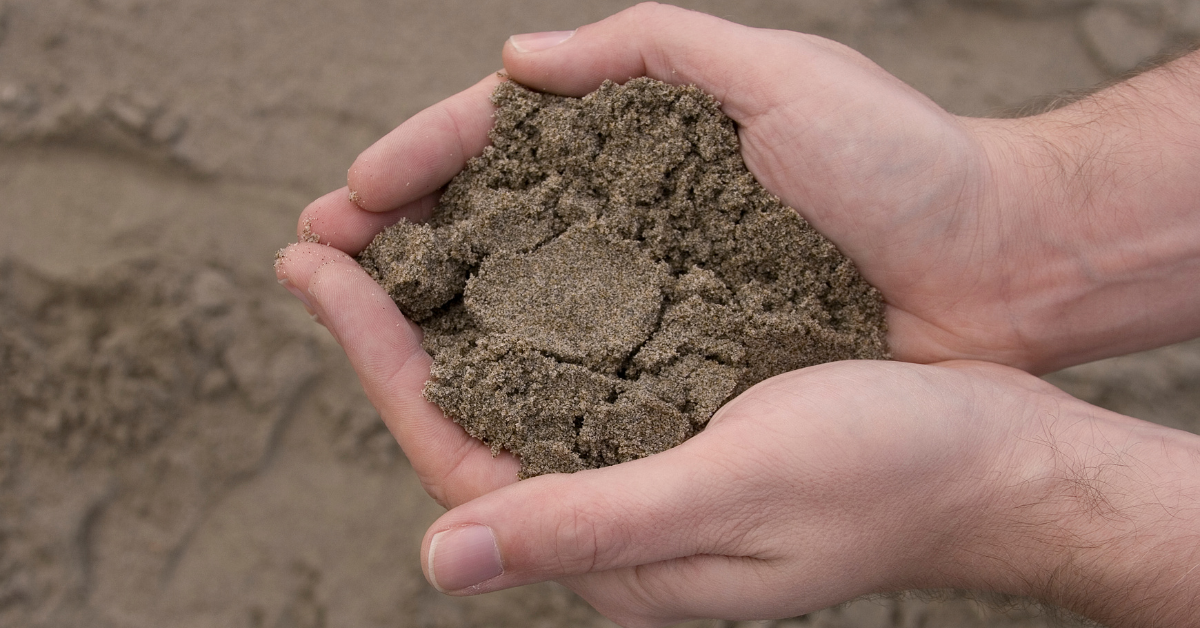

Here are some of the most common options used in topdressing mixes:
- Sand -Sand is most commonly used on golf courses as it creates a good playing surface. However, it doesn’t add any nutrients to the soil. Sand can improve drainage as long as it’s the right particle size – too fine will suffocate the soil, while too coarse won’t retain any nutrients. Any sand you use needs to be lime-free. You cannot use sea sand or builders’ sand.
- Loam – Loam is a fertile soil comprising of clay, silt, and sand. Topdressing loam shouldn’t be too sandy nor too much like clay.
- Topsoil – You can use topsoil as the topdressing material provided that they mirror the content of the native soil.
- Compost – Compost is rich in organic matter and can be used in all soil types. Topdressing a lawn with compost can reduce stress and diseases as it slowly releases micro and macronutrients over time. You can purchase it or use homemade compost, but only if you know that it has no weed seed in it.
- Peat – Peat is a controversial compound that’s best avoided in lawn topdressing mixes because of the severe impact peat extraction has on the environment. For example, the UK is banning the sale of peat-based compost for use in private gardens in 2024. While the USA has no ban in place, experts recommend using green alternatives.
How to choose the best material to use
The best way to topdress your lawn is by using a soil mixture of comparable texture and composition to the underlying soil. To determine your soil type and what it needs, consider the following:
- Soil Type: If your soil is heavy clay, go for compost as your topdressing material. Sandy soils will benefit from a mix of sand, topsoil, and compost. Loamy soils, on the other hand, should be topdressed with a mix of compost and topsoil. Topdressing a lawn with sand can be used with heavy clay soils to improve drainage, but should be avoided unless the native soil itself is sandy.
- Soil pH: A neutral soil has a pH of 5.5-7.0 and needs a pH-neutral topdressing material. If your soil is too alkaline or acidic, you can incorporate elements in your topdressing like wood ash and limestone (to raise pH) or sulfur (to decrease pH).
- Topsoil Grade: Knowing your soil particle size lets you match it to the correct grade of topsoil. For example, for regular home lawns, a double-screened ¼ inch topsoil works well.
How much material do I need?
A typical home lawn needs an ¼-inch layer of topdressing (about 0.5cm). To topdress 1,000 square feet, you’ll 0.77 cubic yards of material (630 liters for 100m2). If you’re applying a thicker layer, adjust to find how much compost to topdress a lawn or any other mix as necessary.
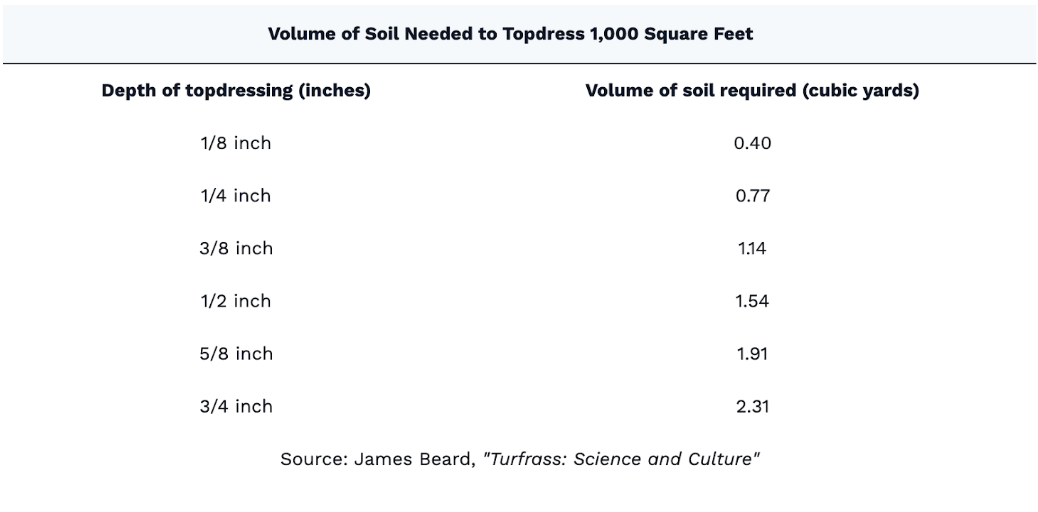
How to topdress a lawn: step-by-step
Topdressing involves some preparation and aftercare. Follow the steps below to achieve maximum results:
Tip: What is the best way to topdress a lawn, by hand vs. a spreader?
The type of device you use depends on your preferences/abilities, as well as the size of your lawn. For a small lawn, you can spread the topdressing manually using a shovel, then spread with a rake. Alternatively, you can use a manual spreader such as a drop spreader, or a tow-behind one with a roller. When it comes to large-scale work, you can get a heavy-duty walk-behind spreader or even a large self-propelled topdresser.
- Make sure your material is finely graded and reasonably dry, so that it’s easy to spread.
- Remove excess thatch to allow the topdressing material to penetrate the surface. Use a manual dethatcher (for thatch that is up to 1/2-inch or 1.3cm thick) or a power rake for thicker thatch.
- Mow your lawn low (about 1.5-2 inches or 4-5cm above the ground). You can do this on the day before topdressing.
- Remove grass clippings and debris and then aerate the soil using an aerator. This will create openings that allow moisture and oxygen to penetrate. (If your soil is bad, e.g. heavy clay, consider removing the cores from the lawn surface. Otherwise, leave the cores on the grass to break down naturally.)
- Distribute your material using one of the devices described above. Aim for a topdressing layer of about ⅛ to ½ inch in depth. Rapidly growing turf and lawns that are prone to thatch may require heavier topdressing rates.
- Gently rake in or water the lawn well to help the material reach the soil surface.
- Spread grass seed if overseeding. Doing this after topdressing will avoid compromising how evenly spread your grass seed is.
- Let the grass rest for a few days before walking on it. Don’t mow the lawn too soon after topdressing as it needs time to recover, usually about a week.
Note: Topdressing only works for minor depressions up to an inch or a couple of centimeters deep. To repair deeper holes or big bumps, you will need to use a shovel. If your garden has drainage and water logging issues that make it uneven, try leveling and grading the lawn.
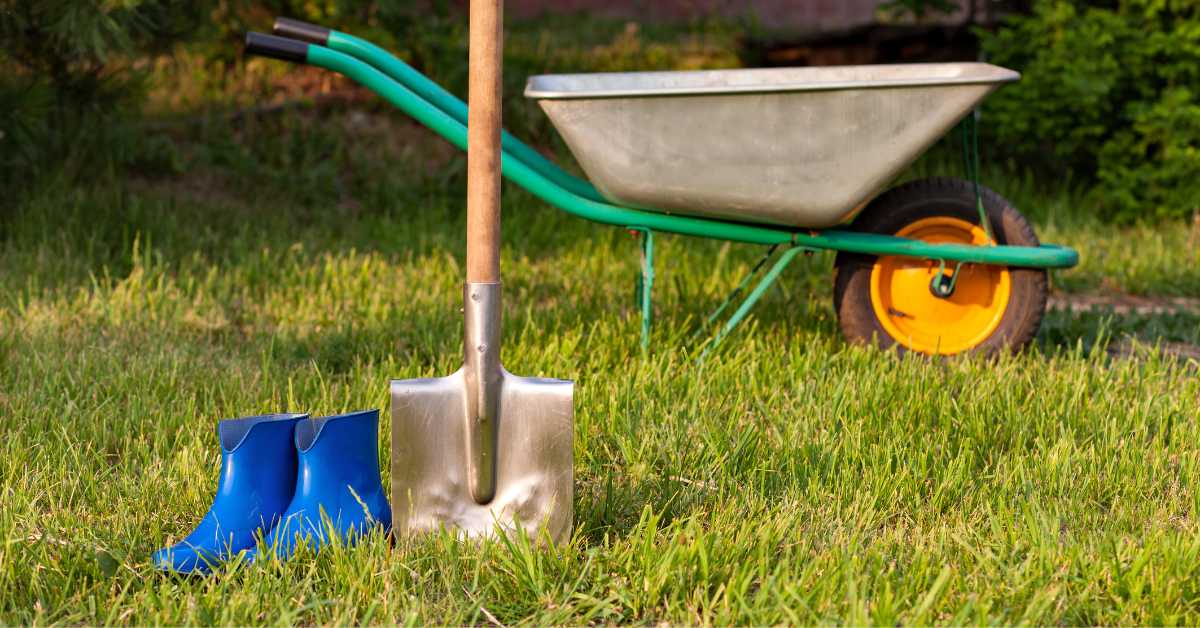

What I need for topdressing
Depending on your goals and preferred topdressing method, you will need all or some of the following equipment and supplies:
- Topdressing material or mix
- Dethatcher
- Aerator
- Wheel Barrow
- Shovel
- Spreader
- Rake
- Seeds (optional)
When to topdress a lawn
Topdressing should be done in the growing season when the grass is in active growth. Do not topdress in winter as it could kill your grass.
Usually, the best time of the year to topdress a lawn is late spring to early summer, or when you have reached your regular weekly mow. You can incorporate it as part of your spring lawn renovation.
Topdress lawns in the spring for warm-season grasses and in the fall for cool-season grasses. (Warm-season grasses such as bermudagrass and buffalograss grow from late spring and become dormant in early fall. Cool-season grasses such as Kentucky bluegrass, perennial ryegrass, fine fescue, and tall fescue grow from early spring and become dormant in late fall). Lawns can also be top-dressed twice a year.
Tip: Lawn feeding intervals – how often is enough?
This depends on the type of lawn you’re looking to achieve, how much traffic it needs to withstand, the type of fertilizer, soil texture, etc. Apart from topdressing once a year, you can give your lawn an extra boost by feeding it 2 or even up to 5 times a year according to some. You can use a granular slow-release fertilizer every 6 weeks starting in April. (Note: Applying too much nitrogen through fertilizers can cause intense green growth, but a diminished root system. This is where topdressing comes in to ensure healthy roots.)
If you’re planning only 2 fertilizer applications per year, first feed warm-season grasses about six weeks after the last spring frost, then in late summer or early fall. Cool-season grasses should be fed in late spring before the summer heat and then in the late summer or early to mid-fall.
The need for topdressing also depends on your lawn’s current condition. You can look out for the following symptoms:
- Your lawn looks like it needs a boost of nutrients
- It was poorly prepared when it was laid
- There is a lack of soil underneath your lawn
- There are holes or bumps
When is the best time to topdress a lawn?
Choose a day that’s warm but not too hot and dry. Also, make sure there is no rain in the forecast as it will make topdressing and leveling difficult. Ideally, it shouldn’t have rained for a few days.
Topdressing can help strengthen the health of your grass and give your lawn a smooth surface. Now that you know when and how to topdress a lawn with compost, topsoil, sand, or loam, you can provide it with the extra care it needs to look its best.
